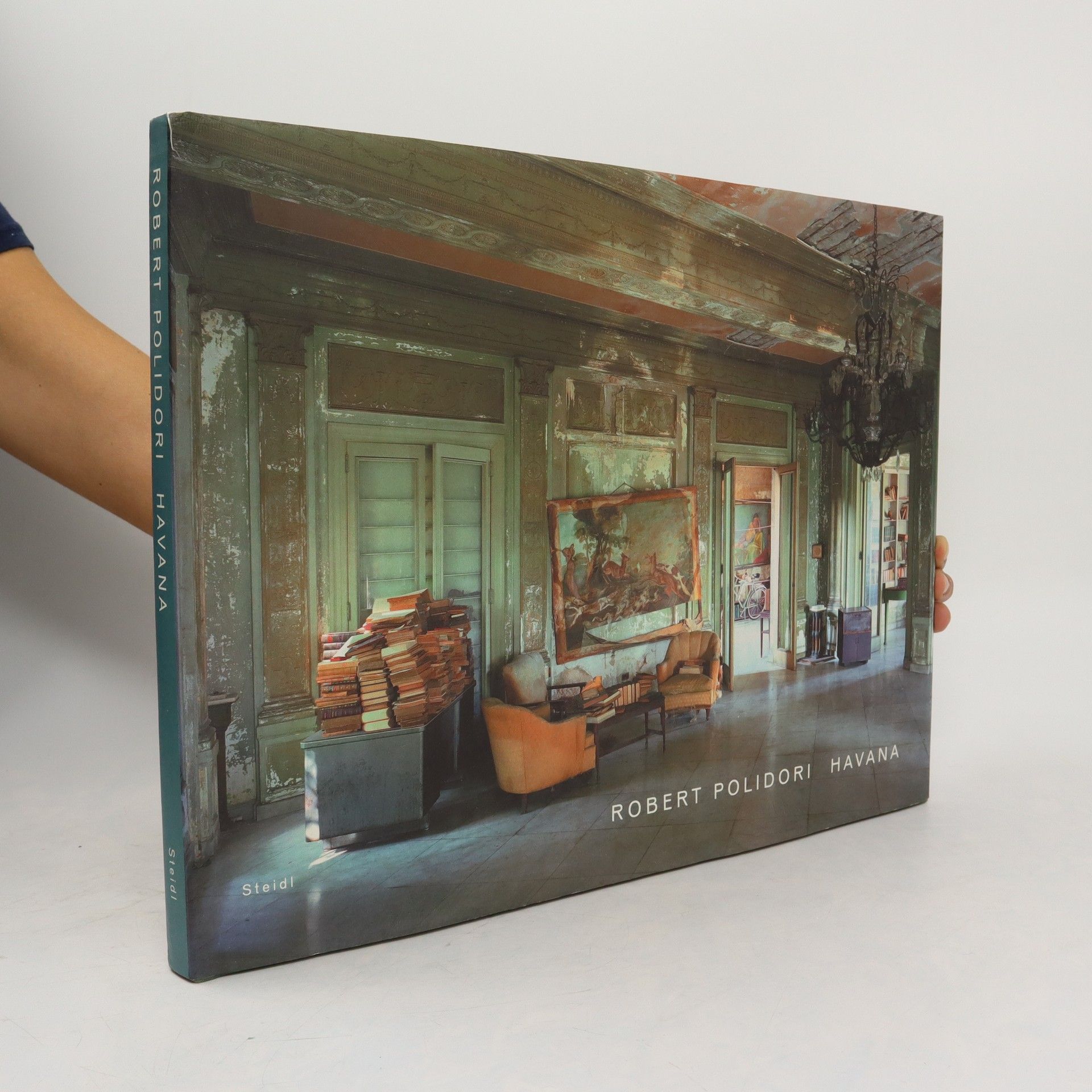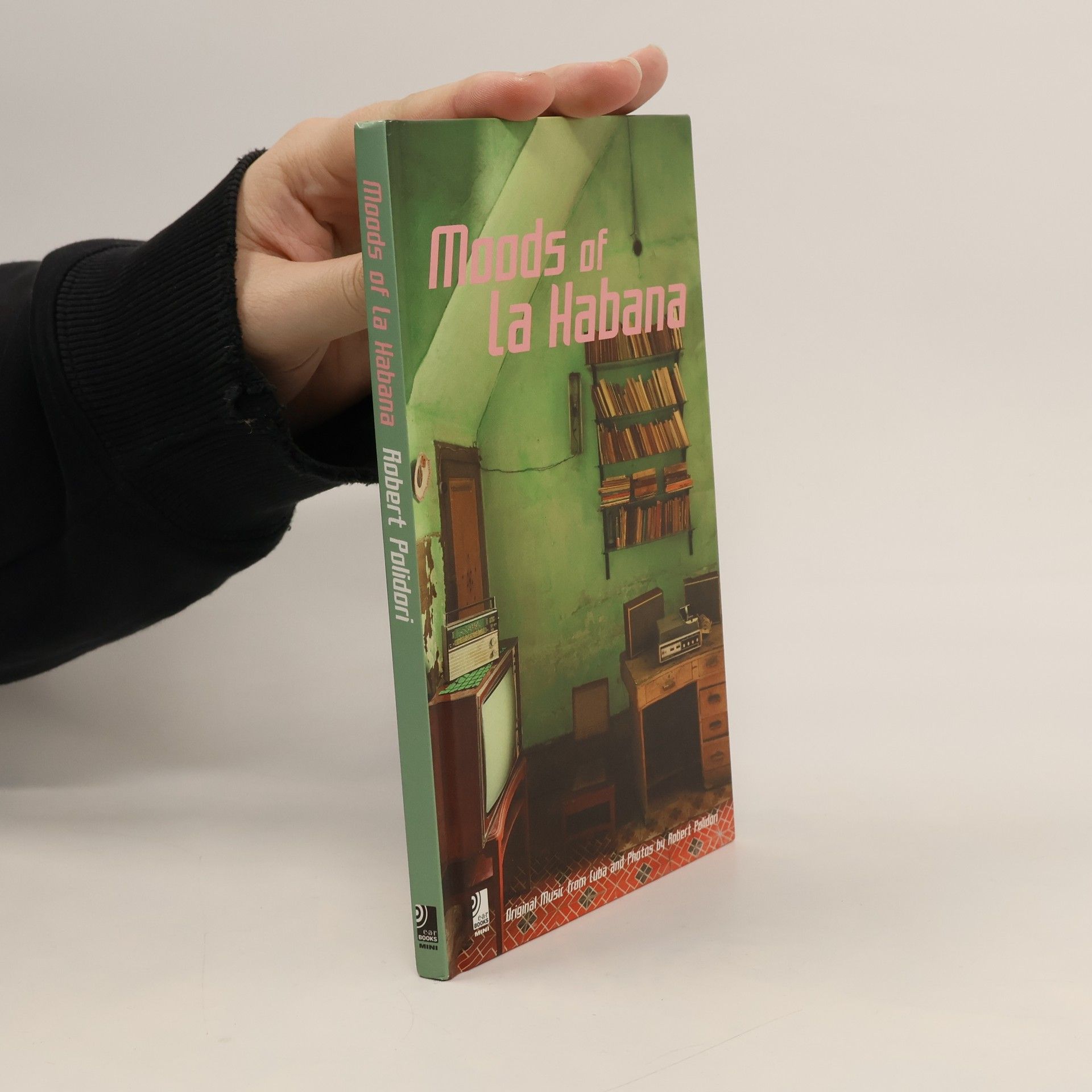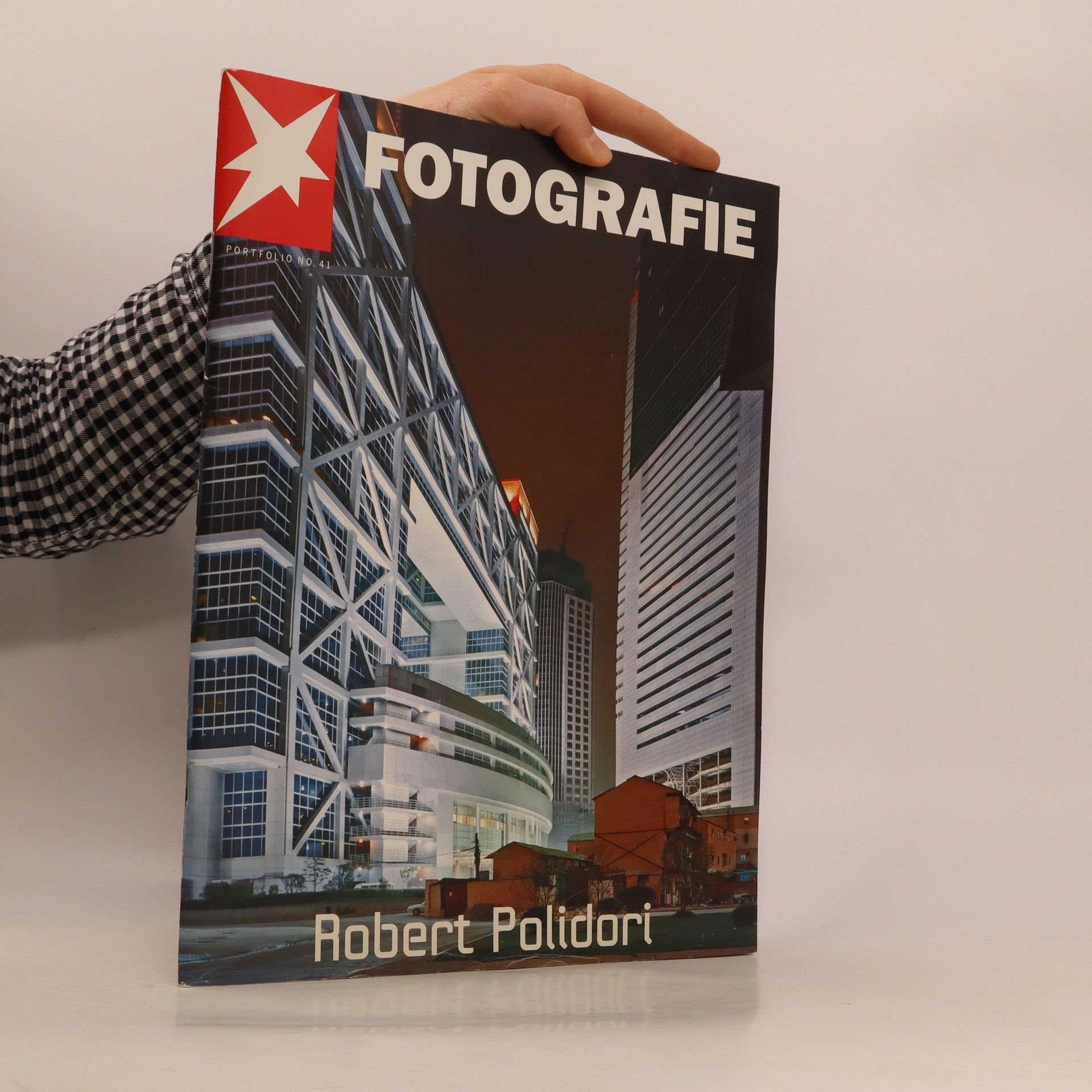Au coeur des sables libyens, les cités perdues de l'Empire romain telles que Cyrène, Apollonia, Lepcis Magna ou encore Oea (Tripoli) sont extraordinairement bien conservées.Elles revivent à travers ce reportage photographique exceptionnel qu'accompagne un texte passionnant écrit par les plus grands spécialistes du sujet. Rarement images plus inoubliables de ces sites de toute beauté ont été proposées au grand public...
Robert Polidori Livres
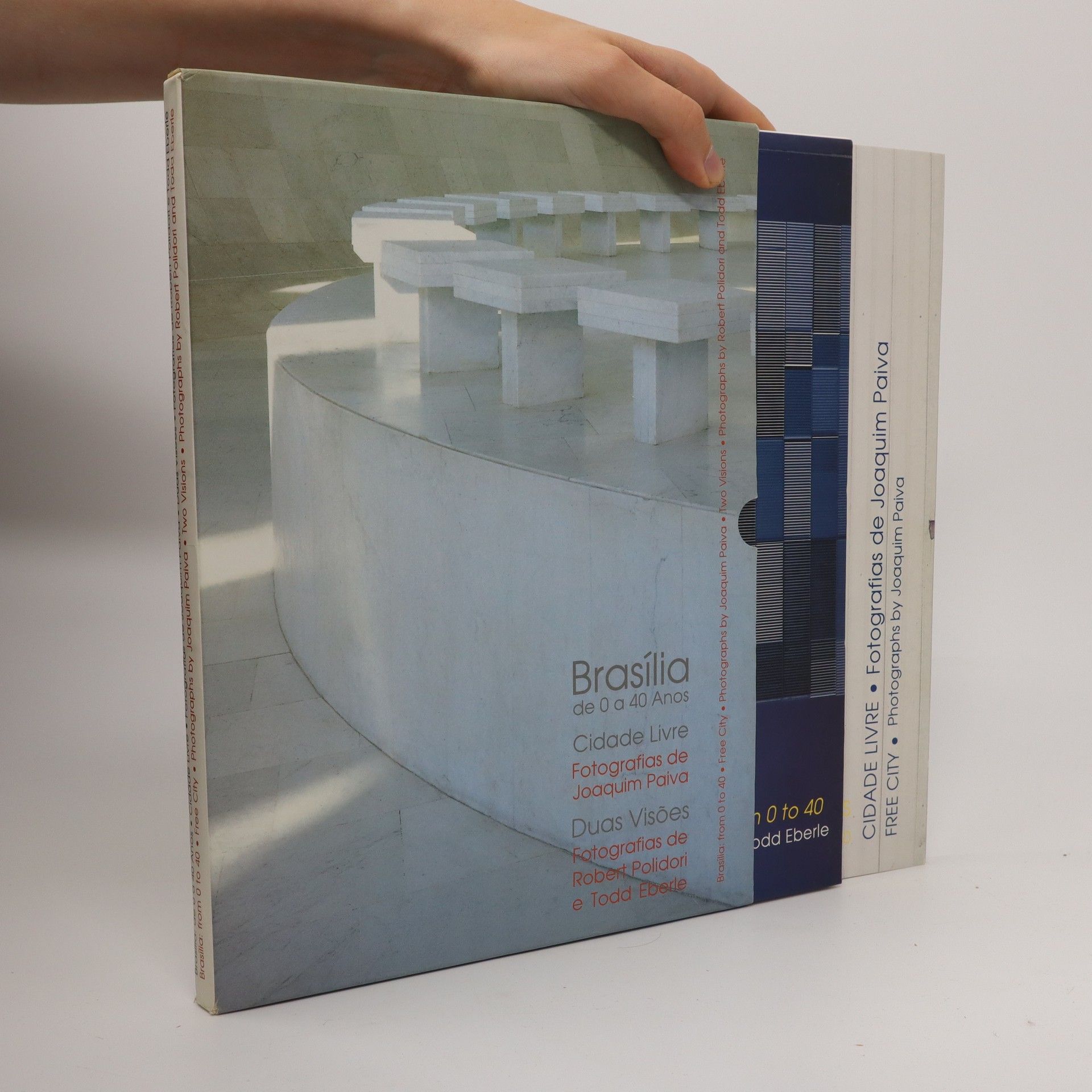

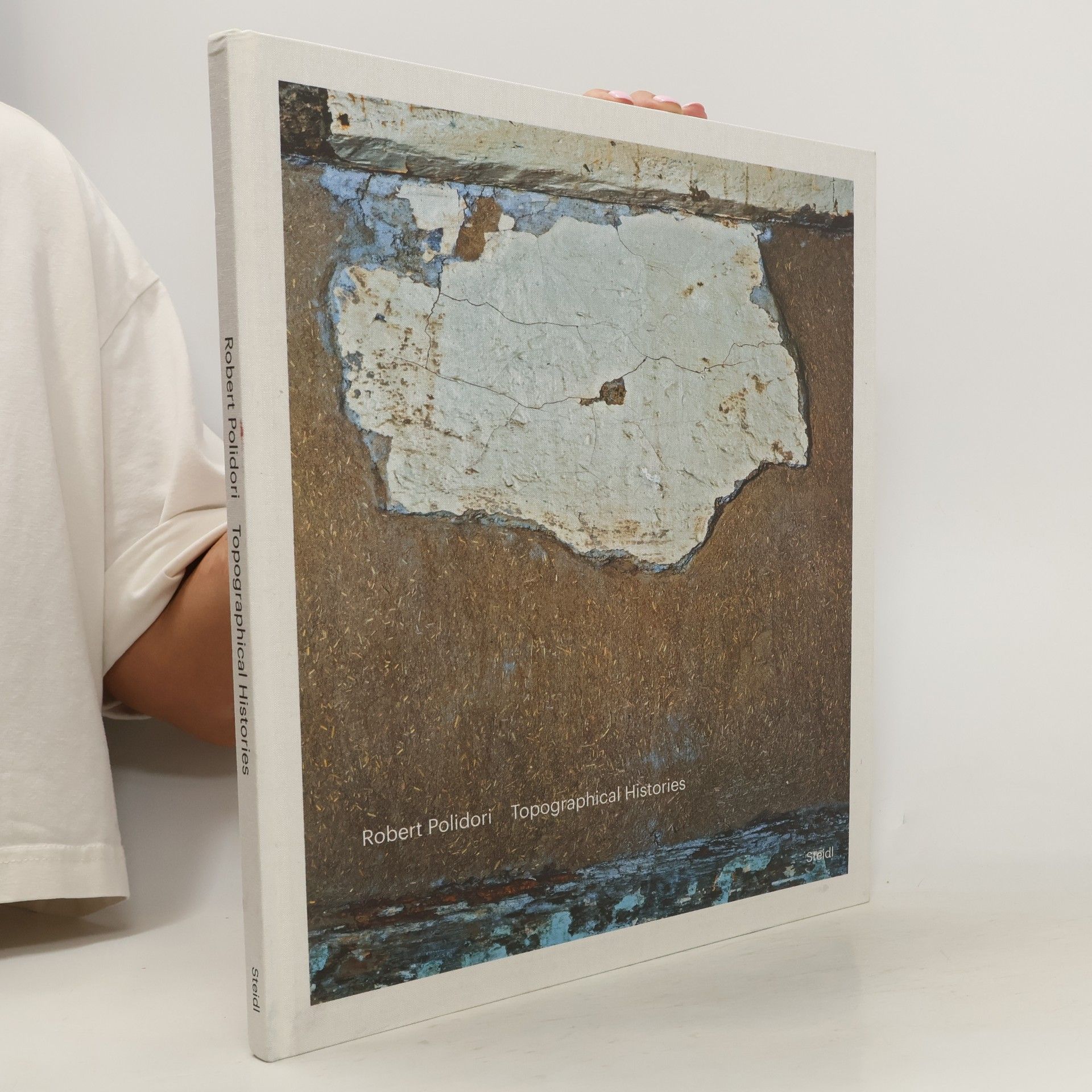

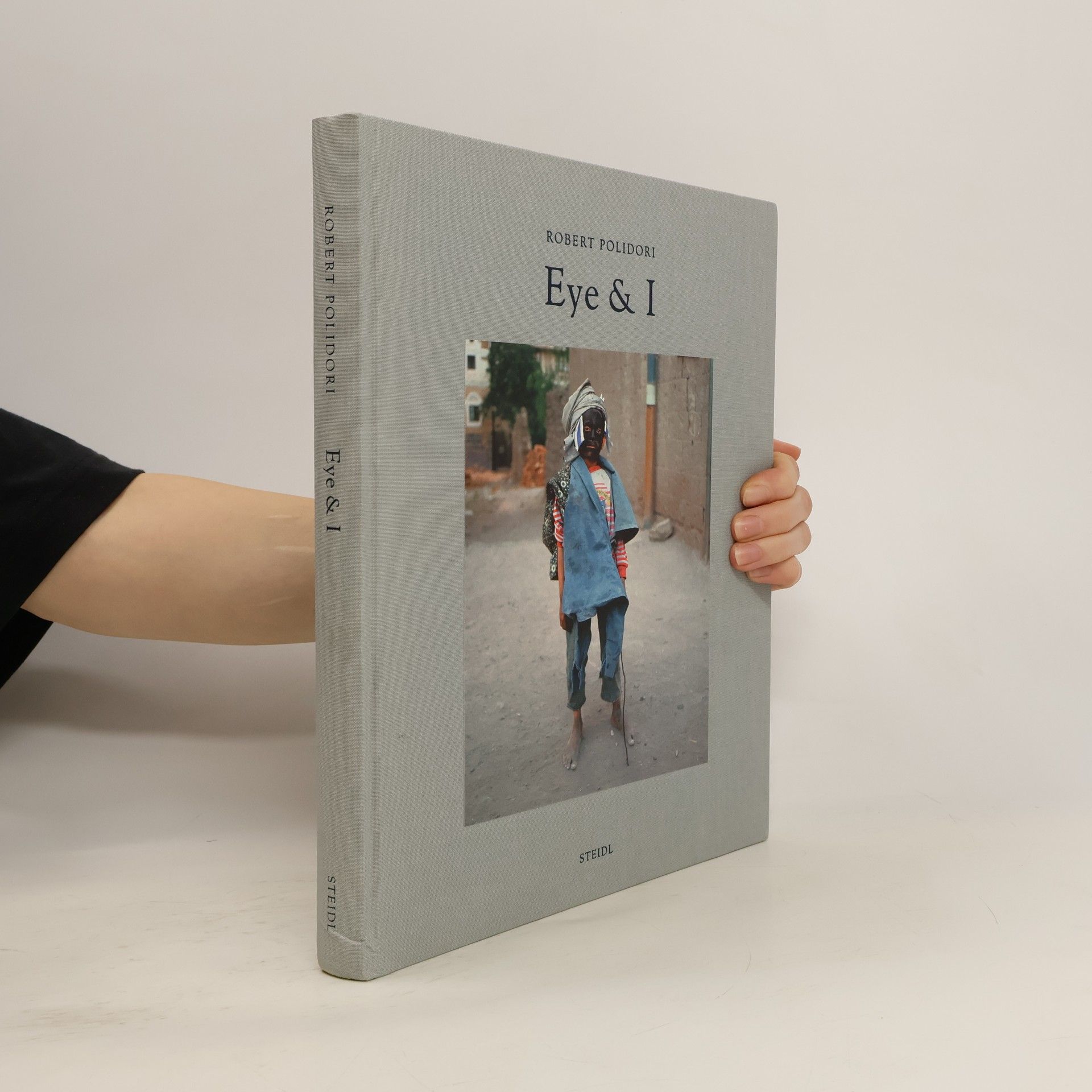
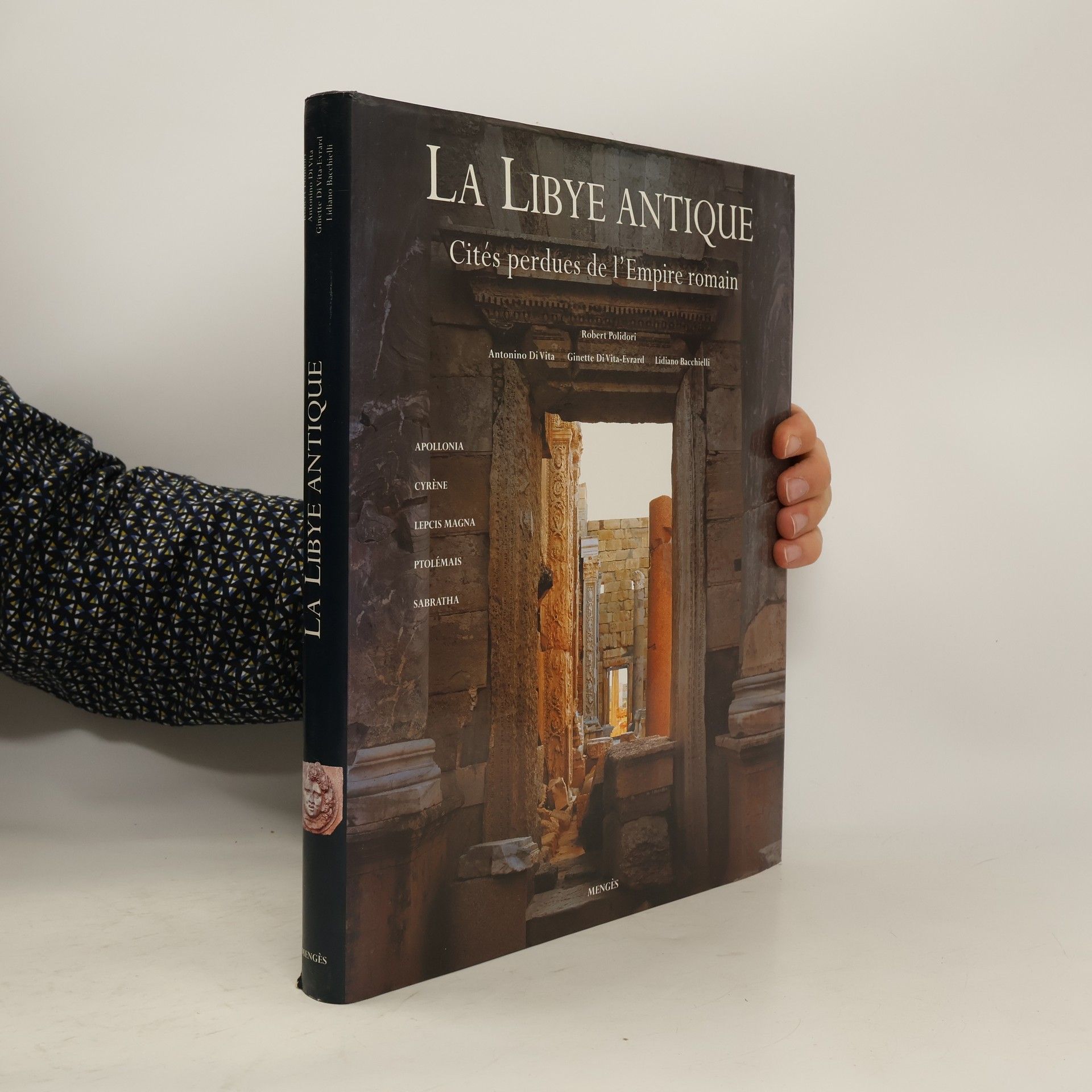
Eye & I
- 160pages
- 6 heures de lecture
Robert Polidori is known for his large format photographs of habitats and rooms saturated with the traces of human intervention. In Eye and I , he turns the lens around to reveal the portraits of people he has encountered in his work of more than years photographing around the world, particularly in the Middle East and India. These instantaneous portraits of mutual recognition reveal the photographed subject and the photographer intersecting with each other in a fleeting moment of mutual regard.
Robert Polidori
- 96pages
- 4 heures de lecture
Featuring a profile of the photographer Robert Polidori, this title is a collection of his architectural photographs.
Robert Polidori has been making books at Steidl for over 18 years now, and for many of his visits he lodged in an apartment adjacent to the publishing house. To the left of this, at Düstere Straße 6, stands a small humble house, not only the oldest dwelling in Göttingen but, dating back to 1310, one of the oldest half-timber houses in all of Germany. Miraculously never demolished over the centuries (just altered, repaired and patched up), it has now been restored by Gerhard Steidl and today houses the Günter Grass Archive, part of the University of Göttingen. Topographical Histories presents Polidori’s 2016 photos of the interior walls of the building, whose glorious crumbling layers—fourteenth-century structures of wattle and daub, clay bricks and plaster, and remnants of paint and wallpaper from different centuries—bear witness to living history. Polidori focuses on the subtle colorations and depth and complexity of these surfaces, creating an unconventional, painterly architectural portrait.
Heroes of the revolution
- 132pages
- 5 heures de lecture
Grossartige Aufnahmen von U. S.
Moods of La Habana
- 80pages
- 3 heures de lecture
Moods of La Habana - Starphotograph Robert Polidori wirft in faszinierenden Bildern einen ungeschönten Blick auf und hinter die bröckelnden Fassaden der kubanischen Hauptstadt. Begleitet von originaler kubanischer Musik zwischen tiefer Melancholie und ungezügelter Lebensfreude begegnet der Betrachter in Gesichtern, Architektur und Musik dem authentischen Havanna und damit der Seele Kubas.
